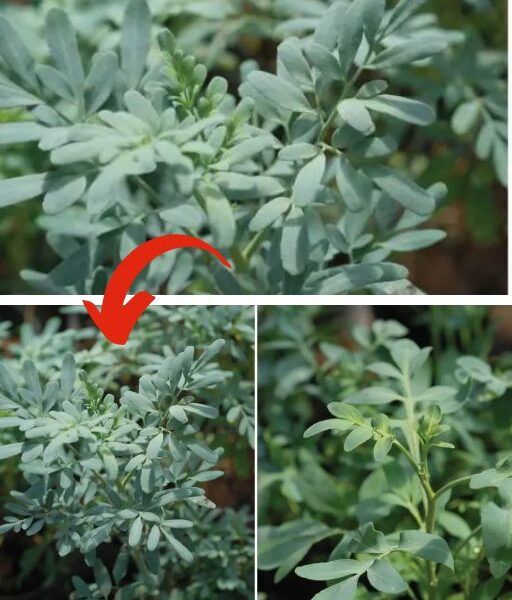Ruda: neither female nor male, a hermaphrodite plant surrounded by myths and traditions
Rue is a very popular plant and many stories have been woven behind it. In fact, it is even named in the Bible.
His popularity has always been surrounded by myths and traditions, but the recurring question is the following:
Is it female or male?
First of all, it is important to know that the term “rue” is a common name given to this plant that belongs to the genus Ruta. It includes a wide variety of around 60 species native to the Mediterranean, Macaronesia and Southwest Asia.
It also gives its name to the family to which they belong, the Rutaceae. The plants of this family are characterized by their stems, leaves and fruits secreting very aromatic essences. The best known and really pleasant fragrance is lemon.
However, the rue itself is stronger and more intense. For many it may be strong and unpleasant, and for others it may not.
In the popular sphere, it is discriminated against as “male” and “female”, in the belief that one possesses male organs and the other female organs.
Index
A hermaphrodite plant
But rue is a hermaphrodite plant, in other words, it has both male and female organs on the same plant.
However, many people consider this plant to be both male and female. The reason is because they are different species.
Ruta graveolens or female rue

- It is a plant native to southern Europe, it is a perennial, glaucous, shrubby plant that can reach a height of between 50 and 60 cm. Its leaves are aromatic and in turn are composed of several leaflets, its sides elongated and the terminal whitish, with a somewhat fleshy consistency.
- By the beginning of summer it produces bright yellow flowers that tend to green, curiously they are grouped in clusters and its central flower is composed of five petals and the rest only four. It has its fruit in a rounded capsule and its seeds are crescent-shaped.
- But you have to be very careful with the leaves, because they are toxic if ingested. The handling of plants can cause dermatitis, which is why it is considered by specialists as the female rue.
Ruta chalepensis or male rue

- It is called male rue because of its larger size, in fact it can reach a height of 1 meter and even its leaves are remarkably large. It is native to the Mediterranean region, it is widely used for various conditions. It is considered highly effective as a home remedy, antispasmodic, antirheumatic, for ear and even digestive ailments.
- These properties are due to the presence of essential oils with rutinic acid, which give the plant a characteristic, strong and unpleasant smell.
- It is also common to see it grown in gardens of the house, all because of the popular belief that it brings good luck and keeps away spells.
Myths and uses
For example, in Italy, the homemade grappa is made, which consists of adding flowers to the bottle. It is also used for an exquisite tomato sauce that has rue, as well as olives, basil, among other ingredients.
In fact, it is part of the popular tradition of many cultures, not only Italy. In ancient times, the Romans were the ones who cultivated this herb. For example, judges commonly carried a few leaves with them before they came into contact with any prisoners. Because there was a belief that rue preserved them from infections, lice and the evil eye.
In Argentina, it is part of numerous traditions in northwestern Argentina, Bolivia, Chile and Peru. On August 1, offerings are made to Mother Earth and a ceremony is held where Pachamama is honored, as a ritual rue tea or the three drinks of cane with rue at the beginning of the day are drunk.
It is said that this ritual comes from the Guaraní, who used rue for medicine. They were especially used against parasites, stomach ailments and the irritation of bug bites, among others.
For country people, it was customary to carry a rue wedge at the beginning of August or place it under the pillow to avoid bewitchments or similar evils.
